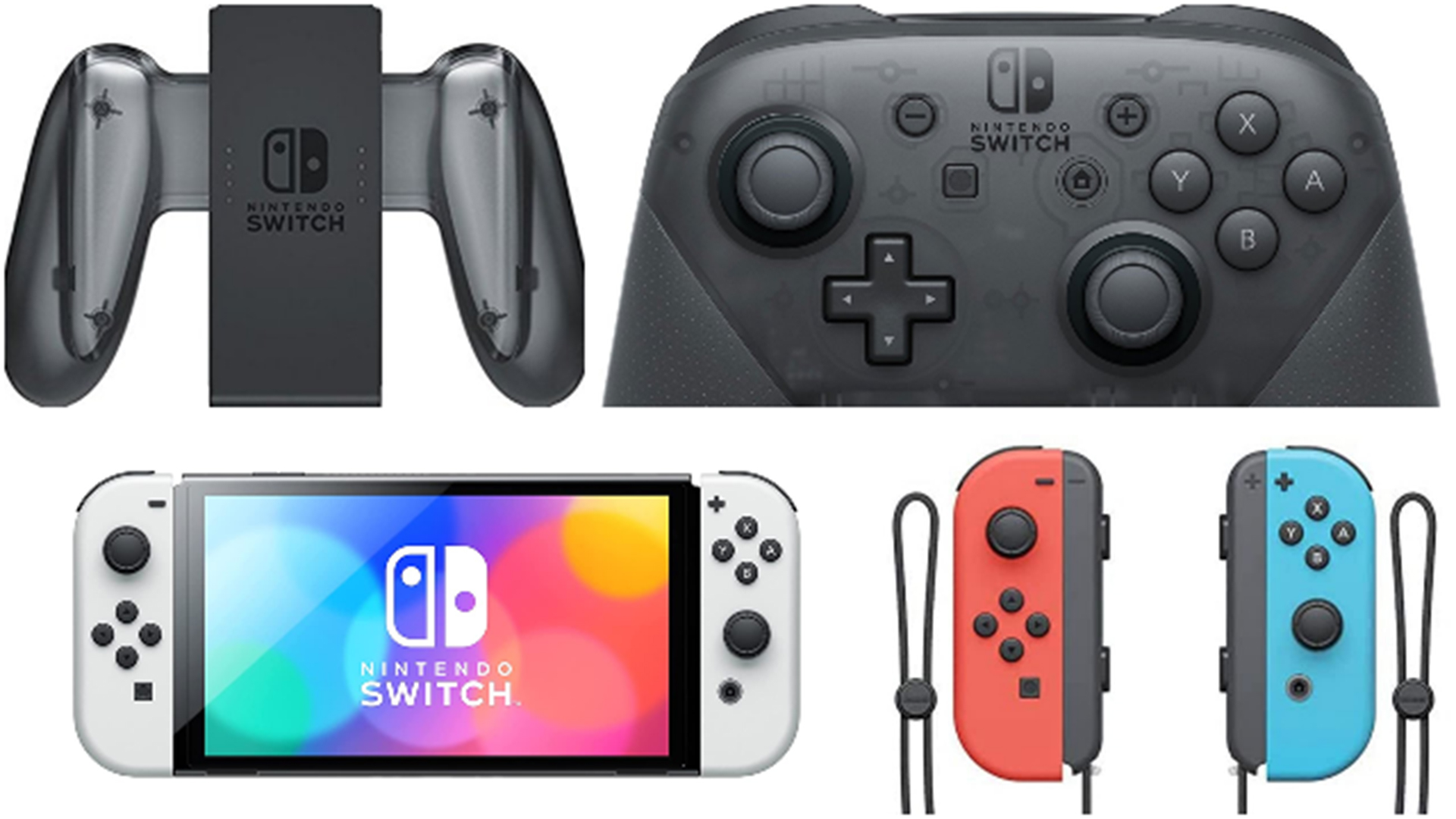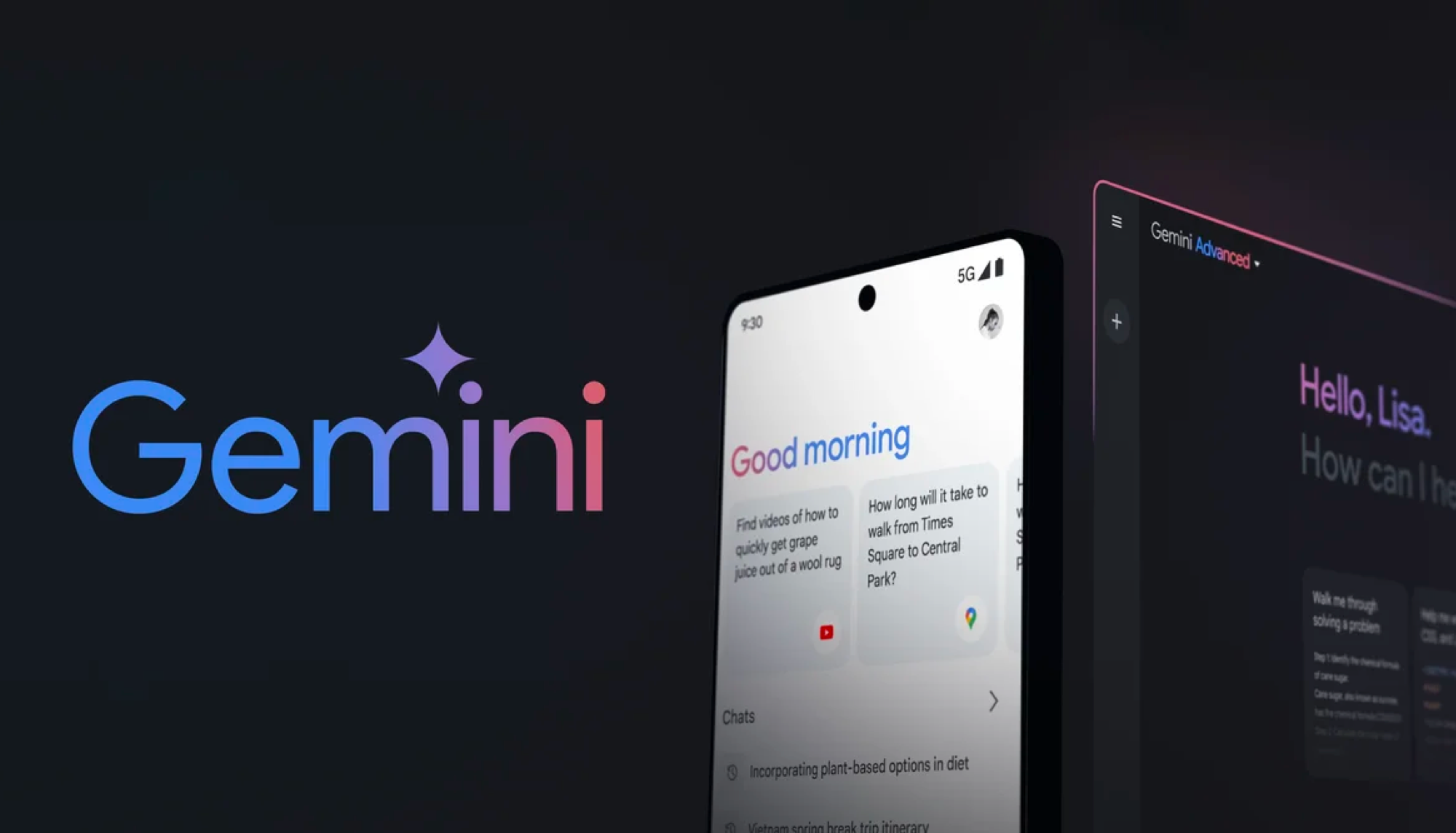Nintendo Switch OLED starter guide: Setup, tips, accessories and games
Switch into high gear with these recommendations for new Nintendo Switch OLED owners

The Nintendo Switch OLED is one of the hottest items these holidays, and those lucky enough to receive one will want to know the first steps to setting it up. Sure, the box contains everything you need to get started, but what can you do to make it even better? Which of the best Nintendo Switch accessories should you buy? And which Switch games should you play?
Given the Switch's versatility, it can be difficult to figure out the best way to set it up. For example, some people use it almost exclusively in handheld mode, while others never take it out of the dock. So what you decide to do with your console might be completely different from someone else's preference.
Below, we've listed some of the things you need to know to enjoy your Switch to the fullest. Following these tips will make setup a breeze and educate you on some of the basics about the console.
Part one: Nintendo Switch setup
Set up your new Switch OLED

Setting up your new Nintendo Switch OLED console is a bit easier than getting started with a PS5, Xbox Series X or Xbox Series S. You have two main components to the system:
- The console
- The dock
How you set up your Switch depends on how you intend to use it. If it's primarily a handheld-only system, you can just use the included AC adapter with no dock. Alternatively, you can set up the dock as a charging stand wherever is convenient. However, most players will want to take advantage of the console's ability to switch between handheld and TV mode at will.
When connecting the Switch dock to a TV, it's important to remember that you have to lift the console out of it to use handheld mode. This means it needs more vertical clearance than a typical console. Those purchasing the OLED model should also note that the improved dock that comes with it features an Ethernet port that you might want to use, since the Switch's Wi-Fi can be slow and unstable at times.
Which controller should I use?

Out of the box, the Nintendo Switch comes with three different control methods that players can use in any game:
Sign up to get the BEST of Tom's Guide direct to your inbox.
Get instant access to breaking news, the hottest reviews, great deals and helpful tips.
- Joy-Cons attached to the console (handheld mode)
- Joy-Cons equipped with straps
- Joy-Cons inserted into the Joy-Con Grip
The Switch's Joy-Cons are very versatile devices that can be used in multiple configurations. However, your control options are relatively limited when playing the console in handheld mode: The system is meant to be held with the Joy-Cons connected to the display.
However, a built-in kickstand allows you to sit the console on a flat surface and play with the Joy-Cons disconnected. When in tabletop or TV mode, you can use the Joy-Cons with straps attached or place them into a more familiar controller configuration by sliding them into the Joy-Con Grip.
Part two: Nintendo Switch accessories
Accessories: Need vs. Want
There are a ton of accessories for the Nintendo Switch, and you'll want to narrow down which ones you need. While the console comes with everything you need to get started, there are a few products that'll make your first hours with the Switch a better experience.
Nintendo Switch Pro Controller
As well as using the control methods described above, you can also buy a Pro Controller that's similar in size and shape to the Xbox Core Controller. This is an excellent choice if you plan to enjoy the Switch primarily in TV mode, as it's much more comfortable to use during long play sessions.
Micro SD Card
The Switch OLED version comes with 64GB of internal storage. Unfortunately, this can fill up very quickly, depending on which games you purchase. Fortunately, microSD card prices have plummeted over the last few years. You can find a brand-name 512GB card for around $70, and this is likely enough space to last for the entire lifespan of your Switch.
Carrying Case and Screen Protector
If you're going to be taking your Switch on the go, a quality case is essential. It's an incredibly awkward device, as it's almost all screen just begging to be dropped. We recommend getting a case that has extra padding for the screen, to help secure the system and cushion the display.
You may also want to look into getting a screen protector for your Switch. However, be wary when purchasing one. The Switch OLED has a larger screen than other models, so you'll need to get a protector made especially for it.
Is Nintendo Switch Online worth it?

Whether Nintendo Switch Online is worth the price tag or not has been widely debated amongst fans. The pricing for the service is:
- One month (Individual): $3.99
- Three months (Individual): $7.99
- One year (Individual): $19.99
- One year (Family): $34.99
As you'd expect, Nintendo Switch Online is required to play most games online. In addition to that functionality, you get:
- Cloud Saves (on select titles)
- Access to a library of NES and SNES games
- Expanded features on the mobile app
- Access to exclusive deals through Nintendo
The Switch's online service costs less than those of its competitors, but it also offers fewer bonuses. If you can get eight people together to form a family group, it's only $4.37 a year per person, which is a good deal. Otherwise, it's only worth subscribing if you are dying to play the NES and SNES games that are available or a title with online multiplayer.
There is also an Expansion Pack add-on to Nintendo Switch Online that inexplicably costs more than the base service. This raises the price to:
- One year (Individual): $49.99
- One year (Family): $79.99
For now, all the Expansion Pack gives you is access to a library of N64 and Genesis games and the Animal Crossing: New Horizons DLC. It's a terrible deal, and there's no reason to spend that much extra money to get so little.
Part three: Nintendo Switch games
Which games to check out first

The Nintendo Switch has a diverse library of games, from AAA titles to some seriously niche options. A look at the top 10 best-selling titles for the console gives you a flavor of what's on offer:
- Mario Kart 8 Deluxe
- Animal Crossing: New Horizons
- Super Smash Bros. Ultimate
- The Legend of Zelda: Breath of the Wild
- Pokemon Sword and Shield
- Super Mario Odyssey
- Super Mario Party
- Pokemon Let's Go, Pikachu! and Let's Go, Eevee!
- Splatoon 2
- Ring Fit Adventure
Most of the titles published by Nintendo are a good bet. However, one thing to watch out for is shovelware. There are many low-effort games on the eShop that are constantly on sale in an effort to make a quick buck. Unfortunately, the eShop is terrible for discoverability, so reading reviews and checking third-party sites is essential before you make a purchase.
We've put together a separate list of the first 5 Nintendo Switch games to play. And of course for the ultimate guide to Switch games, you'll want to check out our main list of the 35 best Nintendo Switch games.
After five years on the market, the Nintendo Switch has a fantastic library full of adventures. The OLED model makes things even better by having a screen that brings out the best each title has to offer. By taking the above into consideration, you'll ensure you start your journey with Nintendo's console on the best possible footing.
Brittany Vincent has been covering video games and tech for over 13 years for publications including Tom's Guide, MTV, Rolling Stone, CNN, Popular Science, Playboy, IGN, GamesRadar, Polygon, Kotaku, Maxim, and more. She's also appeared as a panelist at video game conventions like PAX East and PAX West and has coordinated social media for companies like CNET. When she's not writing or gaming, she's looking for the next great visual novel in the vein of Saya no Uta. You can follow her on Twitter @MolotovCupcake.

